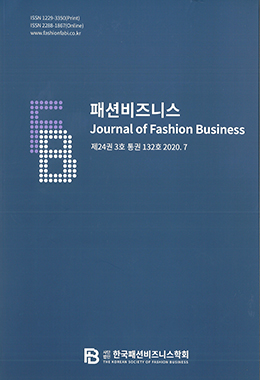This study was conducted to identify problems in domestic flame-retardant performance specifications. Currently, the domestic wallcovering anti-inflammatory regulations are not prepared for damage caused by smoke, with the carbonized area as the main function. In particular, given that smoke is the main cause of human casualties and injuries in a fire, it is reasonable that the flame density and toxicity of the wallcovering should also be the main performance indicators. The scope and method of research in this study were as follows. First, a prior study related to fire on various wallcoverings was considered. Second, it raised questions about the effects of smoke in the event of a fire and domestic anti-inflammatory performance tests. Third, textile wallcovering samples were manufactured with viscose rayon for experimental verification of the problems and tested by Korean and EU standards without flame retardant processing to analyze the differences between each regulation. Fourth, the performance of flame retardant wallcovering according to Korean standards was evaluated using smoke density and harmful gas testing methods. The results of each test were as follows. Non-fire retardant wallcovering was rejected by Korea standards. However, B-s1.d0 in Europe. Smoke density testing and harmful gas by domestic combustion processing on the same sample showed that the smoke density increased about 4.3 times more than before, and the harmful gas test showed that the suspension of the post-processing sample slowed earlier than the non-processed sample.


